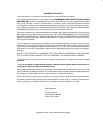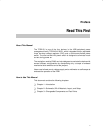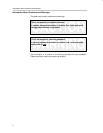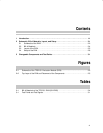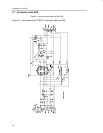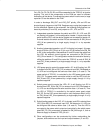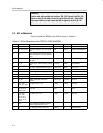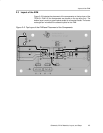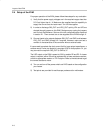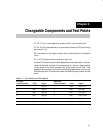
Layout of the EVM
2-6
2.4 Setup of the EVM
For proper operation of the EVM, please follow these steps for any evaluation:
1) Verify that the power supply voltages are in the required ranges: less than
5.5 V but higher than 4.1 V. Make sure the supplies have the capability to
supply the current that the loads need. Turn off the supplies.
2) In order to discharge SW_OUT and LDO_OUT quickly, JP4 and JP5 are
shorted through jumpers on this EVM. Designers may unplug the jumpers
and find out the difference. Set one of the six configurations as explained
in section 2.1. Then connect one or two supplies to the EVM through J1.
3) Connect loads to the outputs (between SW_OUT and GND, and between
LDO_OUT and GND) through J2 if required. However, users can test a
number of characteristics of the controller without external loads.
If users need to evaluate the dual-current limit for large output capacitance, a
surface-mount D-size cap footprint is provided (C9) for that purpose. Or, you
may connect the cap from SW_OUT to GND at J1.
The LDO output on the EVM is preset to 3.3V by resistor R2 and R3. If a lower
output is required, either R2 can be replaced with a lower resistance resistor,
or add an appropriate resistor on TR1 footprint. Refer to the data sheet to get
the correct resistance value.
4) Turn on and turn off the power switch and LDO based on the configuration
you choose.
5) Test points are provided for oscilloscope probes and/or multimeters.



